Teaching
Below are descriptions of several non-traditional
class meetings used by Prof. Hrenya to teach various
topics in a course in undergraduate fluid mechanics
. The content provided below is intended to be
shared among educators for use in their own
classroom with little time investment. A
manuscript on this work has been accepted for
publication in Chemical Engineering Education,
and reference information will be posted here when
available. Feedback and suggestions are
welcome - send to hrenya@colorado.edu.
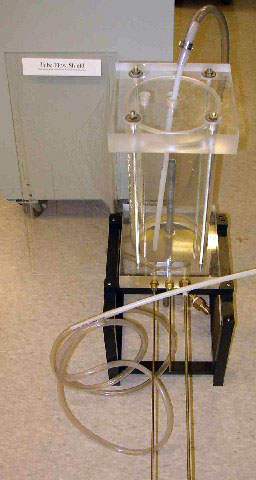
Contest: Tube Flow Experiments on YouTube
Knowing how to identify and solve fluid mechanical
problems using the mechanical
energy balance
is an essential tool for engineers with a
training in fluid mechanics. Typically, the
basic equation, friction factor charts, and tables
with loss coefficients for fittings, etc. are
introduced in one lecture, with another lecture
dedicated to example problems. The latter is
justified given the different level of complexities
that can be encountered - e.g., a simple
plug-and-chug solution when finding the pressure
drop in laminar flow to a trial-and-error solution
for sizing pipe diameters in turbulent flows.
In this class period, an alternative to the
traditional lecture on example problems for the
mechanical energy balance is given. Namely, a
"contest" is set up for small groups to correctly
predict the outcome of a tube flow experiment.
The class takes 3 parts: (i) introduction of
the tube flow experiment, including the specific
measurements to be taken, (ii) small groups work to
make predictions of the experimental outcome, (iii)
experiment is run, with small prizes given to groups
with best predictions.
The benefits of this class include:
- active learning with ad hoc group of peers
working on problem solution
- contest format instills high level of motivation
toward problem solution - this is the
highest-energy class of the semester
- in-class experimental data provides verification
of "correctness" of mechanical energy balance
- complexity of example problems not sacrificed,
as three-part experiment provides range of
straightforward to complex calculations
Below is the course content for use by
educators in their own class.
- A YouTube video introducing the experiment to
the class: click
here for YouTube video
- An Excel spreadsheet which can be used to record
the predictions by each group, the experimental
results, and then determines contest winners:
click
to download Excel spreadsheet for tube flow
contest
- A separate video showing the experimental being
run and a "solutions" document with detailed
calculations from the mechanical energy balance;
interested educators should email hrenya@colorado.edu
with a request for this video from their
university email address.
End-of-Semester Project: Puzzling Questions
in Fluid Mechanics
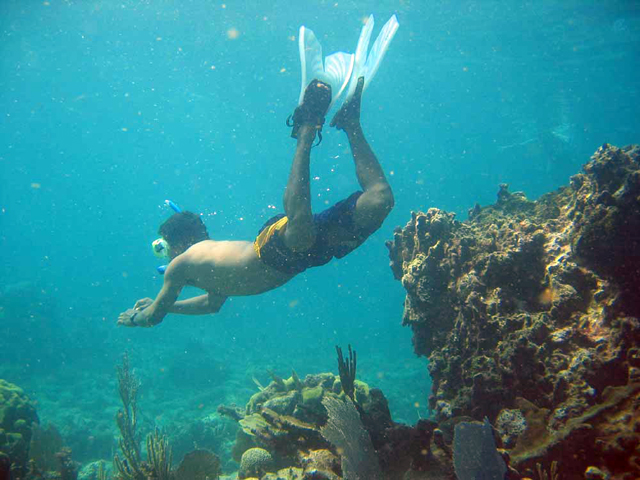 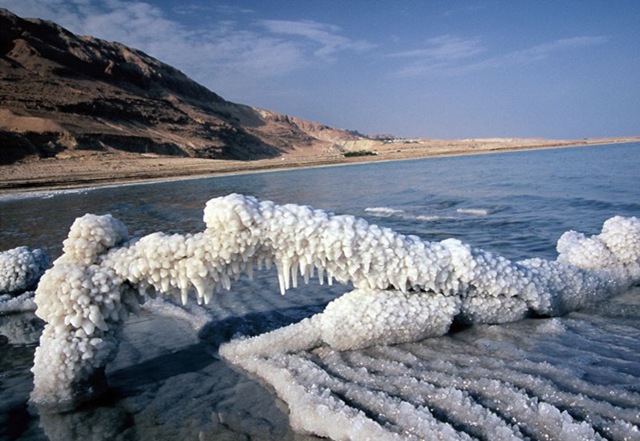 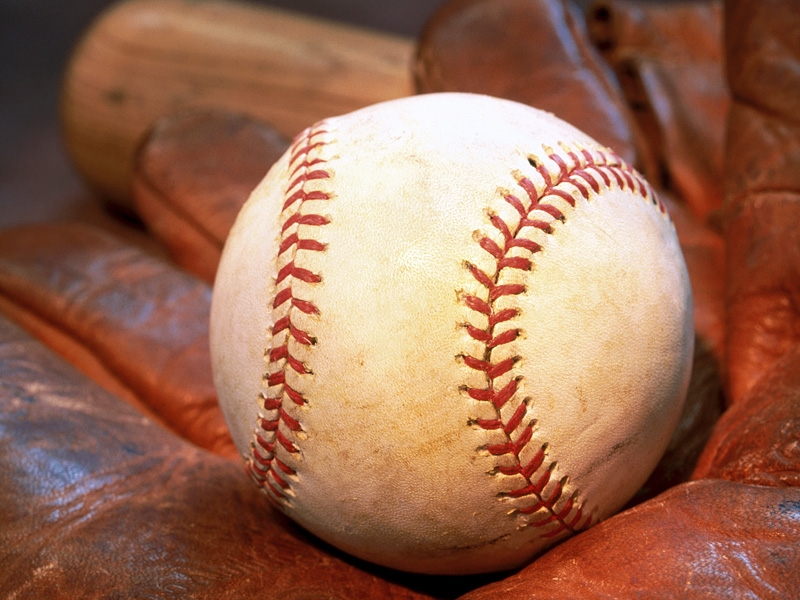 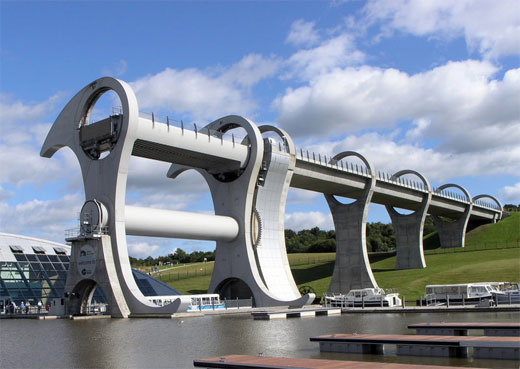
The last week of the semester is typically reserved
for course review, since the introduction of new
material the week prior to final exams is
challenging at best. In this variation on that
theme, small groups of students answer unique
questions related to a puzzling fluid mechanical
phenomena seen in everyday life, the answers to
which draw on the course content throughout the
semester: buoyancy,
turbulence, drag force, hydrostatics, surface
tension, mechanical energy balance,
dimensionless numbers, surface tension, etc.
The questions, taken from the listing below, are
assigned several weeks prior to the end of the
semester. During the final week of class, each
group turns in a short report on their findings, and
gives a 6-10 minute presentation to the entire
class, in which illustrative calculations,
demonstrations, and videos are encouraged.
 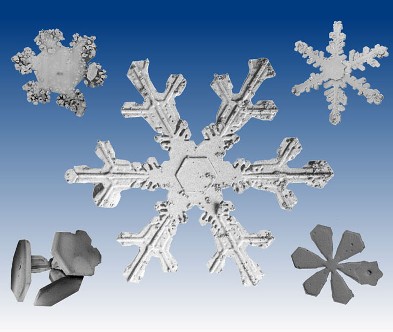   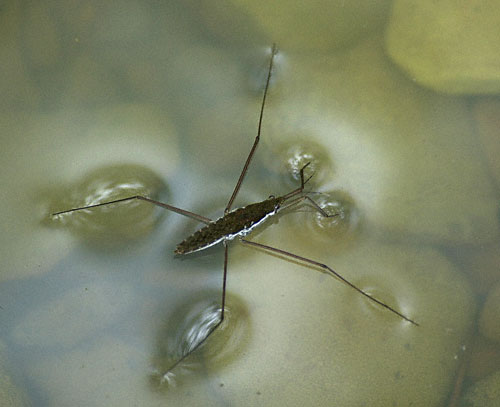
The benefits of this class include:
- course material presented throughout semester is
reinforced via peer instruction, including some
surprisingly creative demonstrations
- students are exposed to a wide range of everyday
applications of fluid mechanics, including
headlines from the news
- working with self-selected group on question
with open-ended nature
- practice on written and oral communication
skills, with feedback from instructor
Below is the course content for use by
educators in their own class.
An example of related project files are included
here: click
to download project description, signup
sheet, and grading
sheet . Below is the list of puzzling
questions in fluid mechanics - feel free to send
suggestions for additions to this list to hrenya@colorado.edu.
- Why is sand used in an hourglass instead of a
liquid?
- Why does a golf ball have dimples?
- Why does a knuckleball appear to “dance”?
-
On 15 Oct 2009, a 6-year old boy named Falcon
Heene (aka “Balloon Boy”) was reported missing.
Authorities were led to believe that he was in a
home-made balloon contraption that was
constructed with tarps (which are usually made
from High Density Polyethylene) and duct tape
and then filled with helium. A day of hot
pursuit of the balloon by law enforcement,
medical professionals, and the media
pursued. When the balloon landed, the boy
was not inside and was later found hiding in an
attic. Should a graduate of this class
have been hired to determine if the home-made
balloon could support the weight of the
boy? Some useful information is: (i)
authorities said the silver balloon, 20-feet
long and 5-feet high, at times reached 7,000
feet above the ground while adrift. ( http://www.cnn.com/2009/US/10/15/colorado.boy.balloon/index.html
), and (ii) the balloon can be estimated to be
an oblate spheroid. (contribution by class
member Brittany Jo Michael, 2010)
-
Why can a sail boat travel faster than the
wind?
-
Why can a water bug walk on water when I
can\'t, and how big could the bug be?
-
Why is it easy to float in the Dead Sea and
not in the ocean?
-
When deep sea diving, why can’t a really long
snorkel be used for breathing?
-
Prior to 2002, the CO Rockies had troubles
recruiting pitchers due to the large number of
home runs at Coors field, and thus high
ERA’s. The thought was that at higher
elevation, the air is thinner, leading to less
drag, and thus balls carried further. In
2002, they started storing the baseballs in
humidors, and the number of homeruns has
decreased dramatically. What is the cause
of the large number of homeruns prior to
2002? What is the cause of the reduction
after 2002?
-
Why is it that I get more snow on my
windshield when my car is stopped at a light
than when it\'s moving, but I get more rain on
my windshield when it\'s moving than when it\'s
stopped?
-
How is body fat measured via the immersion
method?
-
How do water rockets work?
-
At 16,000 ft. long, runway 16R/34L at Denver
International Airport opened in 2003 as the
longest commercial runway in the United States.
Taxpayers justified the $165 million dollar
expense as a necessity for ensuring Denver’s
competiveness in attracting cargo and
international carriers who fly heavy wide-bodied
aircraft larger than those that existed when the
airport opened. Why are Denver’s runways longer
than those of most other airports and of six
runways at DIA why does runway 16R/34L see
relatively more use during summer
months? (contribution by class member Danny
Cromer, 2008)
-
What basic techniques should a swimmer use to
maximize her efficiency?
-
Why do cyclists draft one another? How
much does it help / hurt the leader and the
followers?
-
Why is the aerofoil (wing) shape mounted
upside down in race cars relative to its
mounting in planes?
-
The Falkirk wheel is a rotating boat lift in
Scotland with a capacity of nearly 200,000
gallons. Why does the weight of the wheel
remain the same when boats enter or
exit? Why does it consume so little power
given the huge weight being
moved? (contribution by class member James
Prager, 2008)
-
What are the effects of some “dirty tricks”
in baseball: (i) lubrication of ball and
(ii) roughening/polishing ball surface?
-
How does a hot air balloon work?
-
Explain how the magic trick works where you
have water in a glass and then put a piece of
cardboard over the glass, flip the glass and
cardboard over and the cardboard stays on the
glass (contribution by class member Lynn
Pruisner, 2008)
-
Why does a curve ball curve?
-
Does the distance a discus is thrown depend
more on drag or lift or both?
-
How do self-righting and self-bailing boats
work?
-
Why does a boomerang return to the thrower?
|
